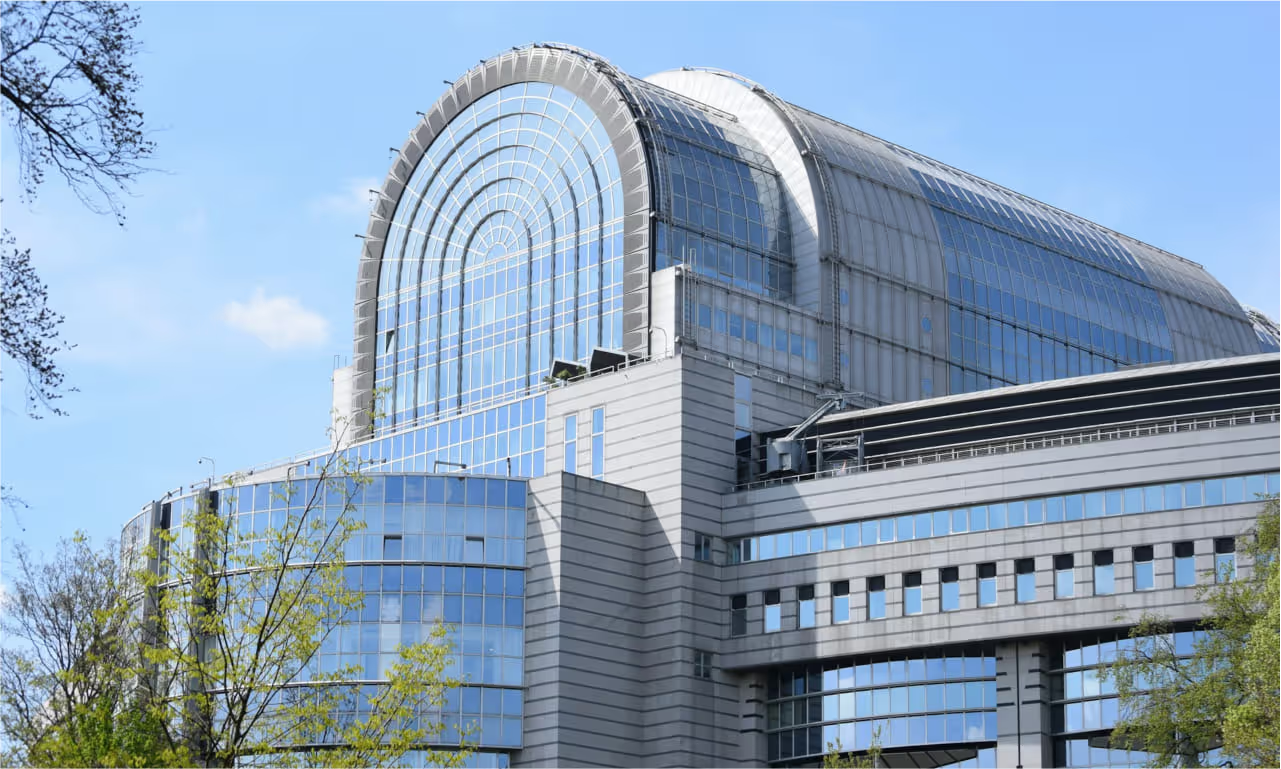The EU's hydrogen strategy, announced by the European Commission in July 2020, is a key element of the European Union's energy transition plan. The main objective of the strategy is to reduce CO2 emissions by using hydrogen as a clean energy carrier in industry, transport and the energy sector. The strategy aims to promote sustainable development, increase energy security and create new jobs in the green technology sector.
Role of BSP
BSP, representing the interests of its members, intensively sought to take into account the demands on hydrogen at the stage of creating EU regulations. These activities are centred around the RED III proposal and the hydrogen gas package, seeking to ensure a uniform definition of hydrogen and to promote low-carbon technologies for its production. A key initiative of the BSP was the creation of the BSP Hydrogen Task Force, whose work included the development of 11 positions on the regulations shaping the hydrogen market and the organization of pan-European conferences presenting the needs and development of the hydrogen market in Central and Eastern Europe and other regions of the continent.
Infrastructure and Integration
The EU's hydrogen strategy involves integration with offshore wind farms and the development of pipeline infrastructure and hydrogen storage. It is also important to support research into new technologies for the production, storage and distribution of hydrogen, which is crucial for the creation of an efficient and decentralised energy system in Europe. BSP stresses the need for adequate development of network infrastructure that will enable efficient and safe transport of hydrogen on a large scale and its storage.
RED III as a key directive
RED III, a revision of the Renewable Energy Directive, introduces new targets for the share of hydrogen in the EU's total energy consumption. In the context of the hydrogen strategy, RED III aims to support the development of hydrogen technologies through a bonus system and to increase the share of renewable energy sources in the EU's overall energy balance. The BSP actively participates in the consultation and lobbying process to ensure that regional and sectoral specificities are adequately taken into account in the implementation of RED III.
Challenges for Poland and the region
The implementation of the EU hydrogen strategy and the RED III directive is associated with a number of challenges for Poland and other regions of Central and Eastern Europe. It is necessary not only to adapt the infrastructure to the needs of hydrogen transport, storage and distribution, but also to create appropriate support mechanisms for companies and sectors of the economy wishing to invest in hydrogen technologies. It is also crucial to integrate the hydrogen strategy with Poland's overall climate and energy objectives in order to achieve full decarbonisation of the energy and industrial sectors.
Summary
The EU's hydrogen strategy and the RED III Directive are the foundations for a green energy transition in Europe. Close collaboration between the public, private and academic sectors on technological and regulatory innovation is essential for success. BSP, as the voice of industry, plays an important role in shaping the appropriate legal and policy framework that fosters the development of the hydrogen market and supports the Sustainable Development Goals in Europe.

